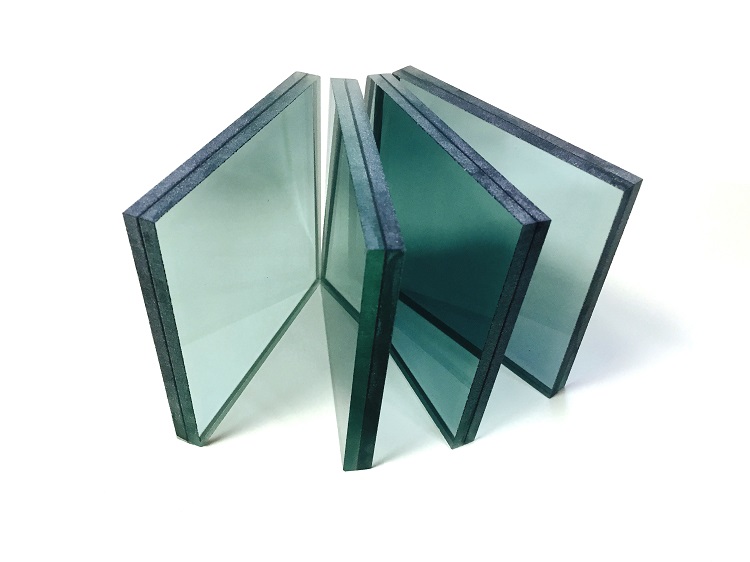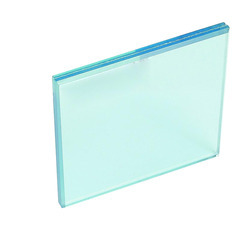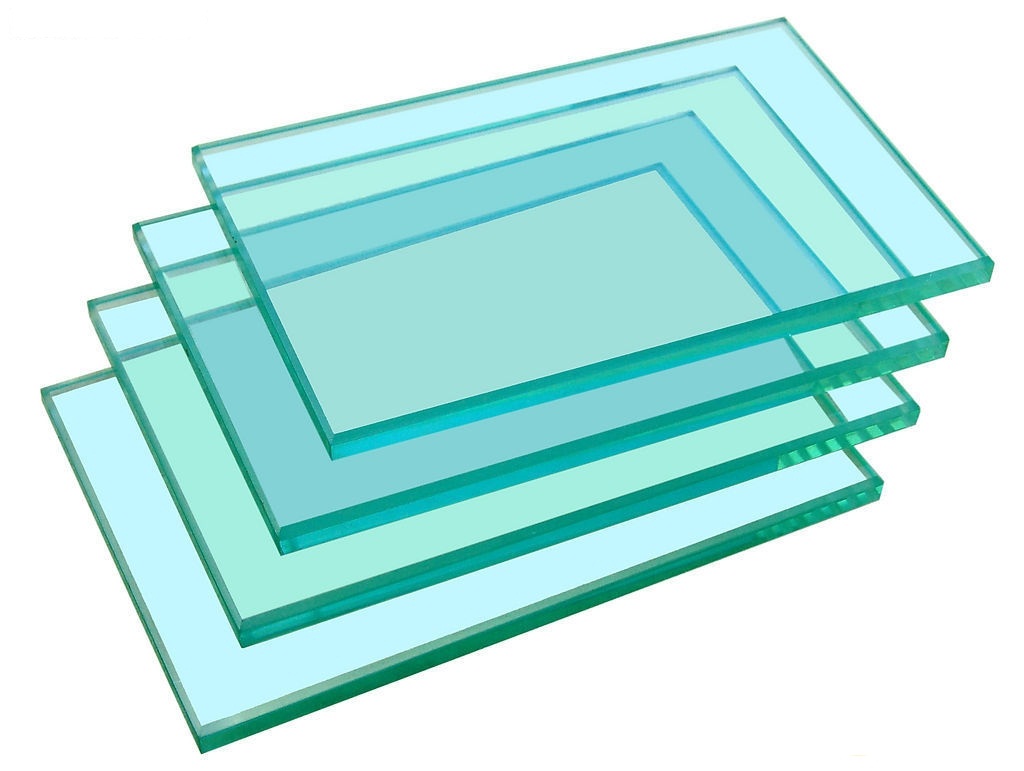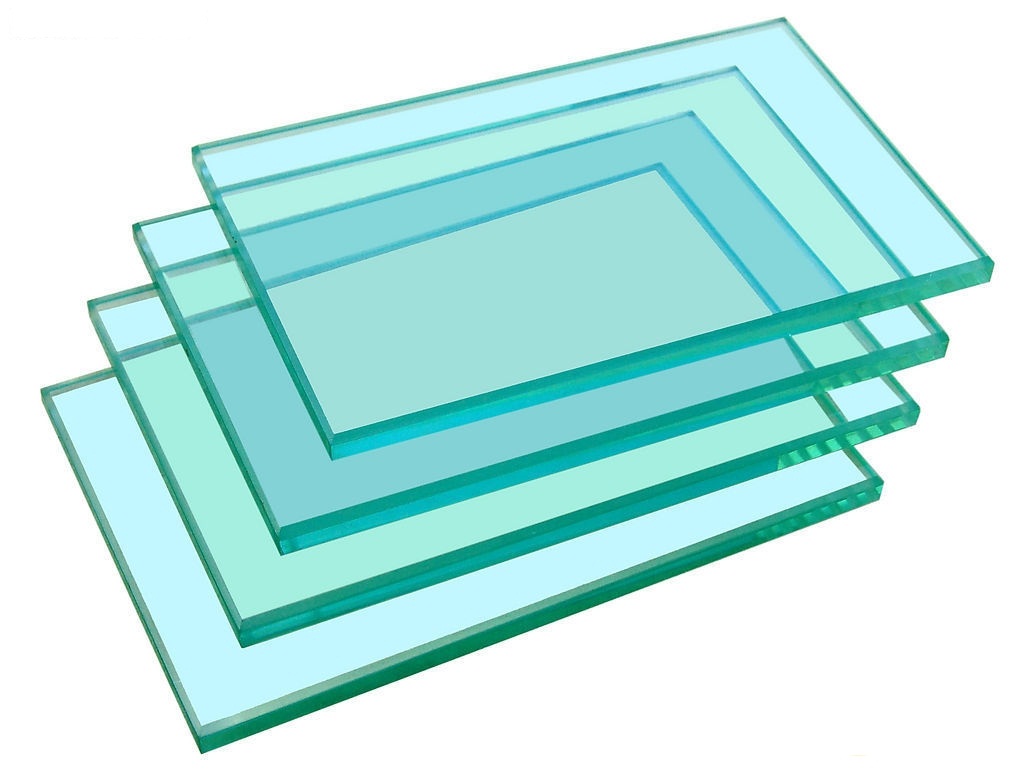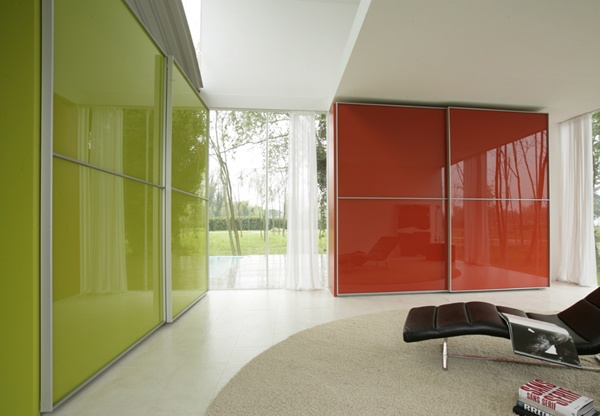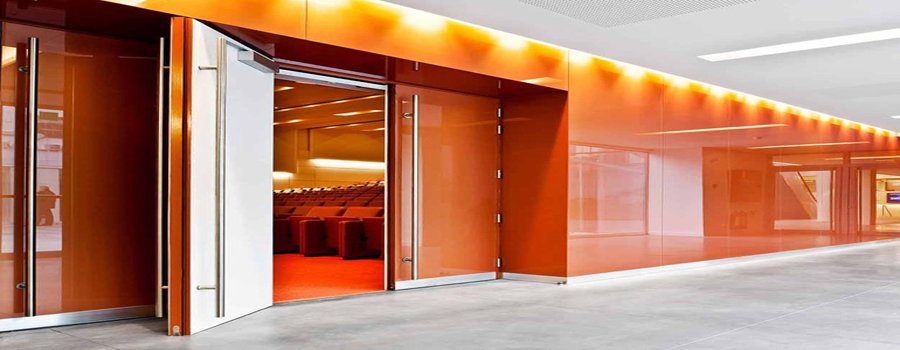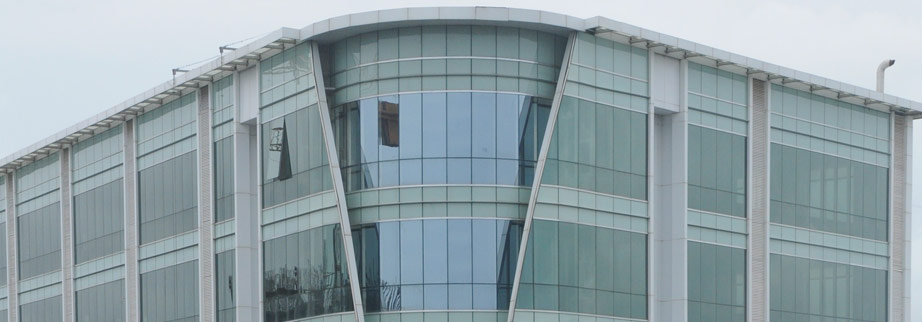Glass is a universal material used in the construction of buildings, both residential and commercial. Traditionally known for its fragility, modern-day innovative glass solutions have rendered ordinary glass a strong, versatile, and durable material capable of advanced functionalities. One such highly functional member of the glass family is laminated glass. Let us find out what laminated glass is and how it renders much-needed security to high-security areas.
What is Laminated Glass?
Laminated glass is a processed glass that serves as a fantastic alternative to ordinary glass. It offers a tough and robust structure and is difficult to break. It is a shatterproof glass so in a situation of breakage, it sticks to the frame and doesn’t shatter.
Laminated glass is made with two or more panes of glass that are held in place with the help of an interlayer to form a permanent and strong bond. The interlayer is typically made of Polyvinyl Butyral (PVB). The PVB interlayer bonds with both the layers of the glass and hold it together to form one strong, intact uniformed layer upon a harsh impact. This bond between the PVB sheet and the glass is a chemical bond and thus it does not shatter easily.
Laminated glass is found in the market in varying types of thickness. Different coatings and glass combinations of laminated glass are also available. These varying combinations add different qualities to the laminated glass such as better insulation, low emission, etc.
Benefits of Using Laminated Glass
Laminated glass hosts a whole lot of benefits such as –
Better Safety
Ordinary glass is fragile and brittle. In case of breakage or accidental collision, ordinary glass shatters into long, jagged pieces that can cause serious, sometimes even fatal injuries. This is why using laminated glass becomes the best alternative. Laminated glass’ primary feature is its performance under harsh impact. The special PVB interlayer in laminated glass can absorb the impact and resists penetration. Under extremely harsh impact, the glass might break but the glass fragments will remain firmly attached to the interlayer and not shatter like ordinary glass. This minimises the risk of injuries and ensures safety.
Increased Security
Burglars often break windows or doors to intrude on your property. To safeguard your home and to add another layer of security, opt for laminated glass. The strength of laminated glass can resist intrusion and can make it almost impossible for any unauthorised person to break in. Even if an unauthorised person manages to break in, the interlayer will hold up the strength of the structure so that the gap is extremely difficult to widen. Moreover, since laminated glass pieces do not break and shatter unlike ordinary glass but stick to the PVB interlayer, this makes it very difficult for intruders to break in.
Noise Insulation
Laminated glass has proven itself to be an excellent barrier to noise. Installing laminated glass can prevent external sounds from intruding and provides a 90% sound reduction. When compared to normal 5mm glass, AIS Glass’s range of laminated glass called AIS Acoustic glass provides an extra 50-60% sound reduction. The noise cancellation feature becomes extremely important, especially if your house or workplace is near the main street, traffic signal, airports, or an area with night clubs and pubs.
Solar-Energy Control
Even though natural light sounds good, too much sunlight can also mean too much heat. Laminated glass can be used in combination with low-E glass or tinted glass to reduce heat gain. Reduced heat gain will subsequently lead to low usage of air-conditioners. This low usage will ultimately lower your energy consumption and bring down your energy bills.
Better Protection
Laminated glass is also resistant to dirt, debris, and other harmful environmental elements. When paired with UV-absorbing additives in the interlayer, laminated glass can also protect the interiors of your property from harmful UV rays. UV rays are not only harmful to your health, but are also a major cause of damage and fading of furnishings, rugs, and pictures in your house or office, so protection from UV rays is important.
Application of Laminated Glass
Due to its strength and shatterproof quality, laminated glass finds wide variety of applications in areas both residential and commercial. Laminated glass’ safety feature is extremely useful in areas that need high-security such as banks, money-exchange centers, jewellery shops, museums, and art galleries. They can also be used in prisons to help protect the premises as well as the prisoners. Due to its strong resistant capacity, laminated glass can be used to make bulletproof glass. With rising levels of crime and terrorism in urban spaces, the usage of bulletproof glass can safeguard lives. It can also be used in places that have national and international importance to add another level of security.
Areas in residential and commercial complexes that are prone to theft, burglary and criminal activities can have laminated glass installed to provide better security. These areas that are at higher risk of break-ins will benefit hugely from the installation of laminated glass. Moreover, laminated glass is the best material to be used in the construction of buildings in disaster-prone areas, especially where hurricanes and tornadoes are common.
Laminated glass is also used in car windshields as it will provide maximum protection in the face of an accident. It can also be used as a structural glass and used in the construction of glass railings, glass floors, skylights, roofs, sunspaces, curtain walls, glass facades, etc. As laminated glass remains intact when broken, it is also great for overhead glazing in buildings. Due to their noise-insulation properties, laminated glass can also be used at hotels, airport terminals, recording studios, etc.
Looking for high-quality laminated glass? Look no further than AIS Glass. As India’s leading glass manufacturer, you can rely on us for all your glass needs. Our high-quality laminated glass – AIS Security glass – offers high-level intrusion resistance from burglar attacks, 90% noise-insulation, and can be used in a wide number of ways. You can use it either in windows, roof lights, canopies, overhead glazing, domes, skylights, and glass lift walls. So, what are you waiting for? Get in touch with us today!





